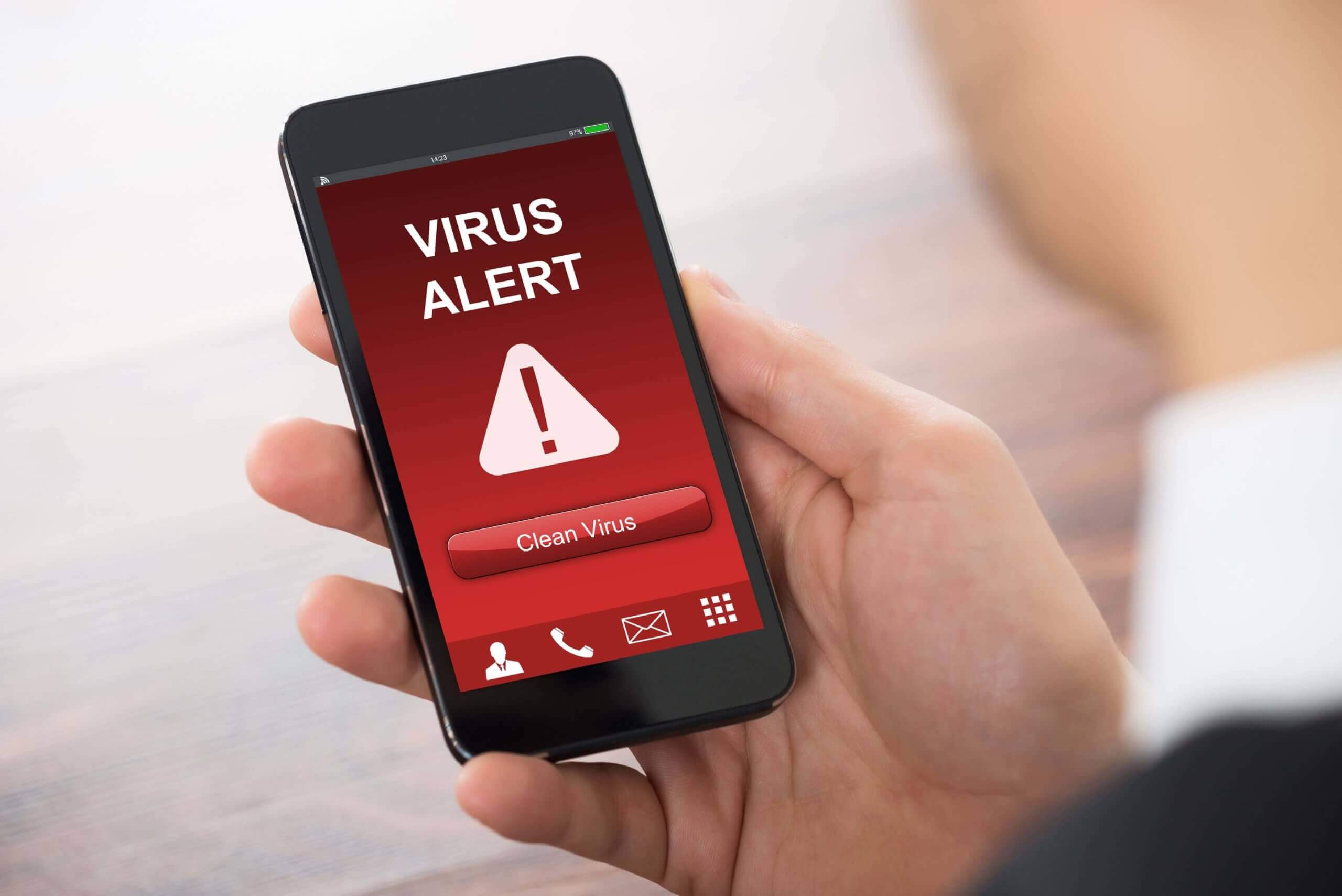How to Detect and Remove Spyware From My Device?

In today’s digital age, we are constantly under the watch of online threats like viruses, trojan, malware, and spyware. Every time we go online, there is a risk that our devices will be exposed to these threats.
While some spyware is designed to track our online activity and sell our data, other forms of spyware can be much more malicious, capable of stealing our personal information or even taking control of our devices.
Fortunately, there are ways to protect ourselves from spyware. In this article, we will show you how to detect and remove spyware from your device.
What Is Spyware?
Spyware is a type of malware designed to collect information about a person or organization without their knowledge. Spyware can be installed on your device without your consent, often through malicious websites or email attachments.
Once installed, spyware can collect a variety of information, including your browsing history, passwords, and credit card details. Spyware can also be used to track your movements and record your conversations.
How to Detect Spyware on Your Device?
There are a few signs that you may have spyware installed on your device. If you notice any of the following, it is possible that you have spyware on your device:
1. Your Device Is Running Slowly
If you find out that your device is running slower than usual, it may be due to the spyware. Spyware can run in the background and use up your device’s resources, leading to a decrease in performance.
2. You Receive Unexpected Pop-Ups or Ads
If you suddenly see a lot of pop-ups and ads, even when you’re not browsing the internet, it could be a sign that spyware has been installed on your device. Spyware can generate advertisements to make money for the person who installed it.
3. Your Battery Drains Quickly
If your battery seems to be draining unusually quickly, it could be because spyware is running in the background and using up your battery power. Spyware can also cause your device to overheat.
4. You Are Being Redirected to Unexpected Websites
If you find that you are being redirected to websites that you didn’t intend to visit, it’s possible that spyware has been installed on your device. Spyware can change your device’s settings so that you are redirected to certain websites.
5. You See Strange Text Messages or Emails
If you are receiving strange text messages or emails, it could be a sign that someone is trying to install spyware on your device. These messages may contain links to websites that look legitimate but are actually designed to install spyware on your device.
6. You Are Being Asked to Enter Personal Information on Suspicious Websites
If you are being asked to enter personal information, such as your name, address, or credit card number, on a website that you don’t trust, it’s possible that the site is a phishing scam. Phishing scams are designed to trick you into entering personal information so that the person behind the scam can steal your identity.
How to Remove Spyware From Your Device?
If you think you may have spyware on your device, there are a few things you can do to remove spyware from your device.
1. Run a Virus Scan
The first thing you should do is run a virus scan. This will help you identify any malicious software that may be on your device. Such scanners work by identifying malicious code and removing it from your device.
There are many different virus scanners available, so make sure you choose one that’s compatible with your OS.
2. Manually Remove Spyware
If you’re comfortable working with your device’s file system, you can try to remove spyware manually. This is usually not recommended, as it’s easy to delete important files accidentally. If you decide to go this route, be sure to create a backup of your device first.
3. Install Anti-Spyware Software
If a virus scan doesn’t find any spyware, try using an anti-spyware program. These programs are designed to detect and remove spyware. Once again, there are many different programs available, so make sure you choose one that’s compatible with your operating system, and that has good reviews.
4. Perform a Factory Reset
If you’re still having trouble getting rid of the spyware, you can try performing a factory reset on your device. This will erase all of the data from your device, including any spyware that may be present. Keep in mind that you’ll need to back up your data before performing a factory reset, as it will be permanently erased.
How to Protect Yourself From Spyware?
There are a few things you can do to protect yourself from spyware:
1. Keep Your Operating System and Security Software Up-To-Date
One of the best ways to protect your devices from spyware is to keep your operating system and security software up-to-date. Security updates often include fixes for newly discovered spyware, so it’s important to install them as soon as they’re available.
2. Don’t Download Software From Untrustworthy Sites
When you’re looking for new software to download, be sure to only download it from websites that you trust. Avoid downloading software from file-sharing sites, as these are often full of malware.
3. Be Careful About What You Click on Online
Clicking on links in email messages, social media posts, and online ads is one of the easiest ways to install spyware on your device unintentionally. Be careful what you click on, even if the link comes from someone you know. If you’re not sure whether a link is safe, don’t click on it.
4. Back-Up Your Important Files
Keep your operating system and security software up to date. Make sure you have the latest versions of both installed and that you keep them updated with the latest security patches.
You should also back up your important files on a regular basis. That way, if your device is ever lost, stolen, or infected with spyware, you’ll still have access to your important data.
5. Use a Firewall
A firewall helps protect your computer from hackers who might try to gain access to it. In most cases, your router will have a firewall built-in. You can also use software firewalls, which provide an extra layer of protection for your device.
6. Install Anti-Spyware Software
Anti-spyware software can help you identify and remove spyware from your device. There are many different programs available, so make sure you choose one that’s reliable and compatible with your operating system.
Conclusion
By taking these steps, you can help protect your computer from spyware and other malware. Remember to keep your software up to date, run regular scans, and create backups of your important data. With a little effort, you can help keep your device safe from harm.












